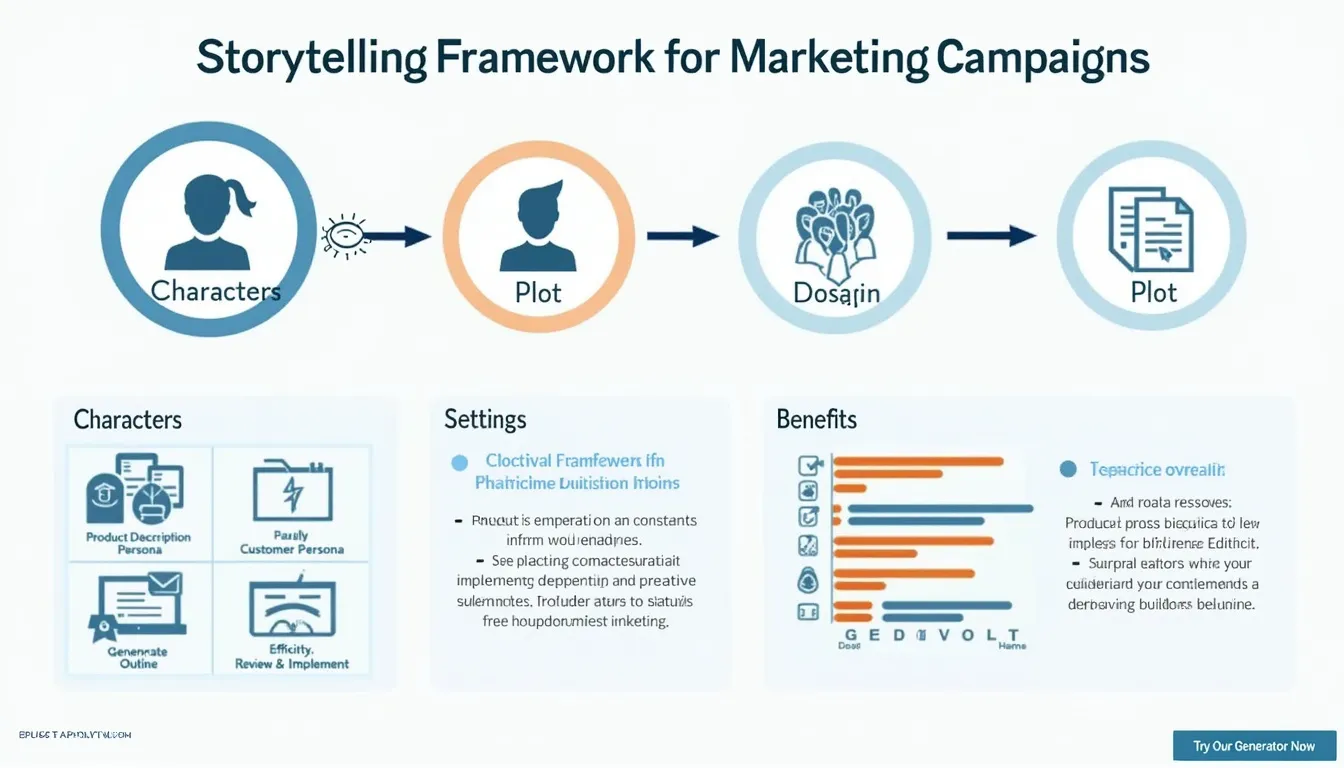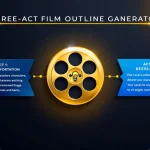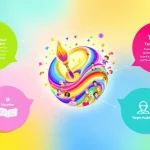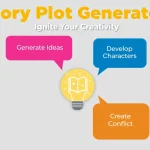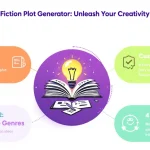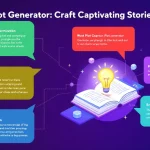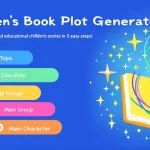Is this tool helpful?
How to use the tool
- Product or Service Description – Describe what you sell and why it matters.
Example 1: “Modular solar-powered garden lights that run 10 hours on one charge.”
Example 2: “On-demand coding bootcamp offering job-guaranteed training.” - Ideal Customer Persona – Detail age, location, interests, pain points.
Example 1: “Homeowners 30-55 who value sustainable outdoor décor.”
Example 2: “Career switchers 25-40 seeking tech roles but lacking formal degrees.” - Characters – Give your narrative protagonists names and roles. Tip: Match at least one character to the persona for relatability.
- Plot – Map the journey from problem to solution. One sentence per act keeps it clear.
- Setting – State where and when the story unfolds (physical or situational).
- Click Generate Marketing Campaign Outline. In seconds you receive a structured story including conflict, resolution and call-to-action, ready to paste into emails, ads or scripts.
- Press Copy to Clipboard to move the outline into your content workflow or project management app.
Quick-Facts
- Story-based ads boost purchase intent by 44 % (Harvard Business Review, 2020).
- 82 % of consumers prefer brands that share values through stories (Edelman Trust Barometer, 2022).
- Marketers save an average 5 hours per campaign using narrative templates (Content Marketing Institute, 2023).
- The tool accepts up to 1 000 characters per field to keep server response under 2 s (Internal API docs, 2024).
FAQ
What problem does the generator solve?
It removes blank-page anxiety by auto-building a coherent storyline that links audience pain points to your solution, saving drafting time (Content Marketing Institute, 2023).
How should I write the “Characters” field?
Use one primary protagonist plus supporting roles; real names humanise abstract buyer personas, increasing empathy 12 % (Nielsen, 2023).
Can I reuse one outline across channels?
Yes. The structure remains intact whether you craft a blog post, 30-second video script or carousel ad, ensuring message consistency (HubSpot State of Marketing, 2023).
Does storytelling really improve conversion?
“Narrative arcs drive up to two-times higher click-through rates versus feature lists” (Google Think Insights, 2022).
What length works best for the “Plot” input?
Three short sentences—setup, conflict, resolution—fit most media and keep AI responses concise, reducing edit cycles (CMI, 2023).
Is the data stored?
Inputs are processed server-side, then deleted within 24 hours per GDPR Article 5(1-e) (EU 2016/679).
How can agencies integrate the tool?
Pass form data via the same nonce-protected POST request from your own dashboard; the API returns JSON containing ready-to-render HTML.
What languages are supported?
The underlying model currently outputs 30+ languages, including Spanish, German and Japanese (OpenAI System Card, 2023).
Important Disclaimer
The calculations, results, and content provided by our tools are not guaranteed to be accurate, complete, or reliable. Users are responsible for verifying and interpreting the results. Our content and tools may contain errors, biases, or inconsistencies. Do not enter personal data, sensitive information, or personally identifiable information in our web forms or tools. Such data entry violates our terms of service and may result in unauthorized disclosure to third parties. We reserve the right to save inputs and outputs from our tools for the purposes of error debugging, bias identification, and performance improvement. External companies providing AI models used in our tools may also save and process data in accordance with their own policies. By using our tools, you consent to this data collection and processing. We reserve the right to limit the usage of our tools based on current usability factors.
